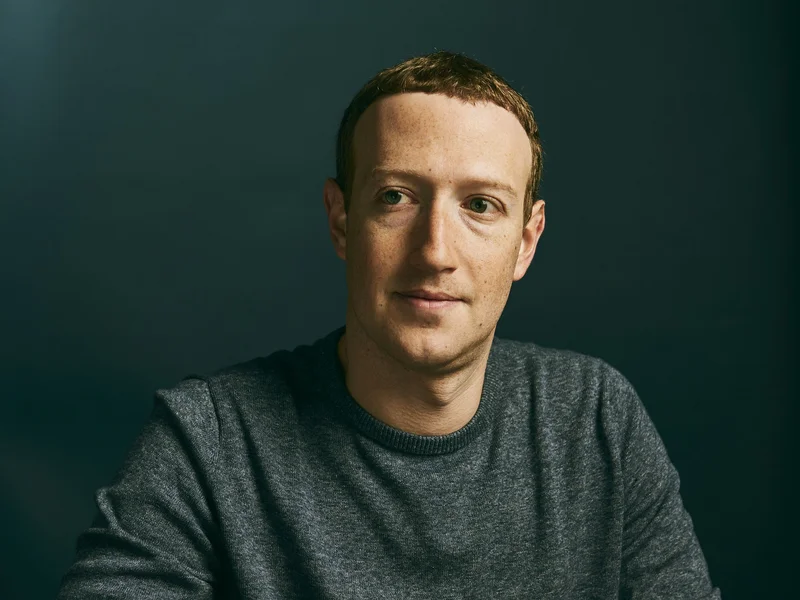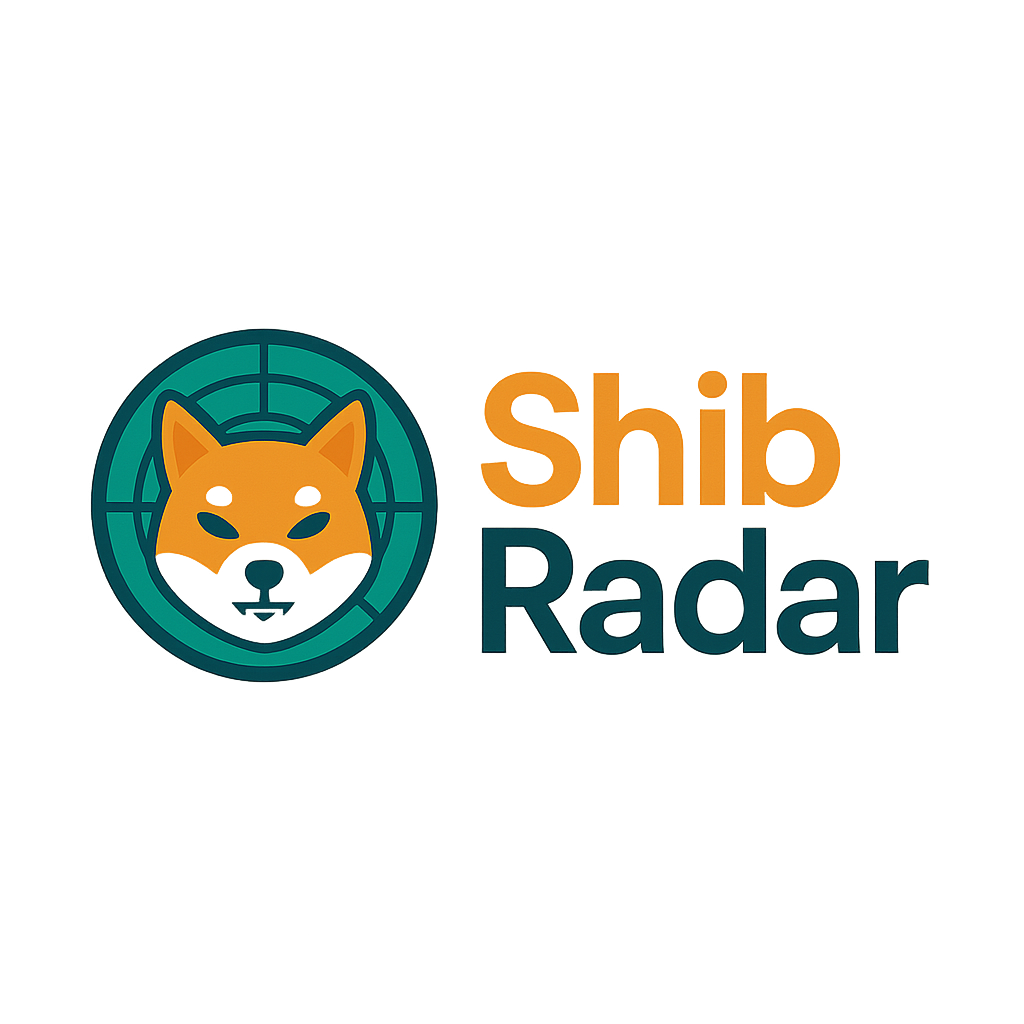When I first read the news, my initial reaction wasn't outrage. It was a profound, quiet sadness. The kind of sadness you feel when a beautiful, complex machine, one built with noble intentions, finally breaks down under a weight it was never designed to bear.
A page on Meta’s platform, a digital gathering place for people critical of a government agency, was simply… erased. It vanished not because of a server crash or a violation of a clear community standard, but because of a direct request from the Department of Justice (Trump Yanks Mark Zuckerberg’s Leash Again, Meta Deletes Page That ICE Didn’t Like). A single command, likely typed into a sterile admin panel somewhere in Menlo Park, and an entire conversation disappeared into the ether.
This is the kind of event that reminds me why I left pure research for the work I do now. Because the most elegant code, the most brilliant network architecture, means absolutely nothing if the human systems built on top of it are fundamentally flawed. We've spent two decades building this incredible, interconnected global nervous system, and we're now discovering it has a kill switch. And someone else has their finger on the button.
The Myth of the Neutral Platform
For years, we’ve held onto the dream of the digital town square. We envisioned platforms as neutral arbiters of content, a level playing field where ideas, good and bad, could compete. Mark Zuckerberg himself has championed this vision, especially after his post-reelection declaration that moderation had "gone too far" and his focus would shift to "protecting free expression."
But what does that promise mean when the platform’s CEO attends private dinners at the White House? What does it mean when the company contributes a million dollars to an inaugural fund, scraps diversity programs at the president’s request, and pays a $25 million settlement to that same president?
This isn't a conspiracy; it's a design flaw. We're talking about a systemic vulnerability—in simpler terms, it's a single point of failure where immense political and financial pressure can override community consensus, user safety, and even the company's own stated principles. The system is working exactly as it's designed: to protect its own existence by placating the most powerful forces that can threaten it.
Think of it like this: we've built our modern Tower of Babel on a single, privately owned plot of land. We celebrate the collaborative construction, the shared language, the incredible height we've reached. But we forget that the landlord can evict us all at a moment's notice if a powerful neighbor complains about the noise. Was the dream of a truly open conversation ever possible under these conditions? Or were we just tenants on borrowed time?

From Symptom to Solution
When Joshua Aaron, the developer of an app for tracking ICE agents, said, "This is about our fundamental constitutional rights... being stripped away," he was absolutely right. But as a technologist, I see something deeper. I see an architectural crisis. Our rights in the digital world are being rendered on a platform that is structurally incapable of defending them.
This isn't just about one page or one politician or one platform, it’s about the fundamental architecture of our digital lives and how that architecture is being bent, twisted, and ultimately broken by forces it was never designed to withstand. The problem isn’t just the political pressure; it’s that we’ve built centralized systems that can be so easily pressured in the first place.
This moment feels eerily similar to the early days of the telephone. It was a miraculous invention meant to connect humanity, to shrink the world. But it didn't take long for governments to realize that the central exchanges were perfect bottlenecks for surveillance. The tool of connection became an instrument of control. We are watching history repeat itself, but on a scale that would have been unimaginable a generation ago.
So, where is the hope? It’s not in writing strongly-worded letters to Meta. It’s not in expecting a corporation, legally bound to its shareholders and politically vulnerable, to suddenly grow a spine of steel.
The hope is in the builders. The hope is in the Joshua Aarons of the world. The hope lies in recognizing that this model—the centralized, ad-driven, politically compromised social network—is a magnificent, flawed, and ultimately obsolete experiment. The breakdown of the old system is the necessary catalyst for the new one. What if we built platforms that had no central kill switch? What if our digital identities and communities weren't owned by a single company, but by us, the users?
The technology to do this exists. Decentralized protocols, federated networks, peer-to-peer communication—these aren't science fiction. They are the building blocks of a more resilient, more free, and more human-centric internet.
The Great Migration Has Begun
This isn’t the death of the internet. It’s the end of an era. The era of the walled garden, the corporate town square, is over. It served its purpose, connecting billions of us and showing us the raw power of a networked species. But its foundational weaknesses have been exposed, and the cracks are turning into chasms.
This moment of failure is not a tragedy; it is an invitation. It is a call to every brilliant coder, designer, and dreamer who believes in the original promise of an open web. The task ahead is not to fix the old giants. It's to build their replacements—to architect a new digital world that is, by its very nature, resistant to the pressures that have broken this one. It's time to stop renting and start building.
